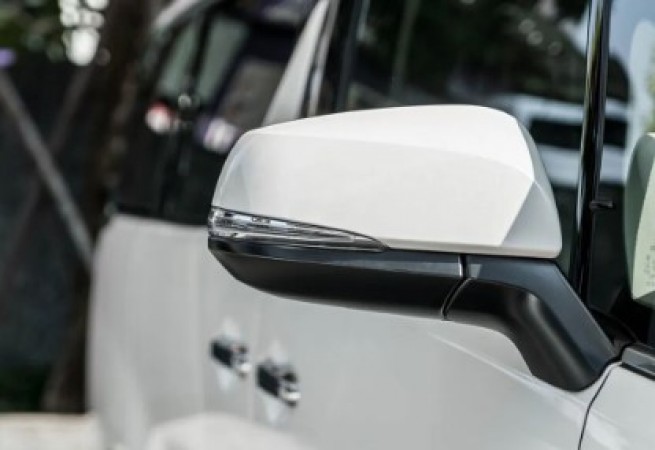
In the realm of automotive design and safety, two crucial components stand out: the Outside Rearview Mirror (ORVM) and the Rearview Mirror. While both serve the purpose of enhancing driver visibility, they possess distinct functionalities and placements within the vehicle. Let's delve into the disparities between these essential features and their respective utilities.
1. Definition and Placement:
Outside Rearview Mirror (ORVM): Positioned on the exterior of the vehicle, typically on both the driver's and passenger's sides, ORVMs offer a wider field of view, encompassing blind spots and adjacent lanes.
Rearview Mirror: Located inside the vehicle, affixed to the windshield or the interior roof, the rearview mirror provides a view of the area directly behind the vehicle.
2. Functionality:
ORVM: Primarily aids in monitoring traffic approaching from the sides and rear of the vehicle. It enables the driver to assess the proximity of nearby vehicles, pedestrians, or obstacles, thus facilitating safe lane changes and maneuvers.
Rearview Mirror: Facilitates the driver's view of the rear area of the vehicle, including the road behind and potential hazards, such as approaching vehicles or pedestrians. It assists in gauging the distance and trajectory of vehicles during reverse maneuvers or while driving.
3. Scope of Vision:
ORVM: Offers a broader perspective compared to the rearview mirror, extending the driver's vision to encompass adjacent lanes and blind spots. This wider coverage enhances situational awareness, reducing the likelihood of collisions during lane changes or turns.
Rearview Mirror: Provides a more limited view focused on the area directly behind the vehicle. While it offers a clear line of sight to vehicles approaching from the rear, it may not capture objects or vehicles located in adjacent lanes or blind spots.
4. Adjustability:
ORVM: Typically equipped with adjustable features, allowing drivers to customize the angle and position of the mirrors according to their preferences and driving conditions. This adaptability enhances visibility and minimizes blind spots.
Rearview Mirror: Similarly adjustable to accommodate different driver heights and preferences. By fine-tuning the mirror's position, drivers can optimize their view of the rear area, mitigating blind spots and improving overall visibility.
5. Integration with Advanced Technologies:
ORVM: Modern vehicles often incorporate advanced technologies into ORVMs, such as blind-spot monitoring systems and integrated turn signals. These features enhance safety by alerting drivers to potential hazards and optimizing visibility.
Rearview Mirror: Some vehicles feature electronic rearview mirrors equipped with camera systems that provide a digital feed of the rear area. These systems offer enhanced clarity and visibility, particularly in low-light conditions or inclement weather.
Conclusion:
While both the Outside Rearview Mirror (ORVM) and the Rearview Mirror contribute to driver visibility and safety, they serve distinct purposes and occupy different positions within the vehicle. The ORVM primarily focuses on monitoring adjacent lanes and blind spots, while the rearview mirror offers a view of the area directly behind the vehicle. By understanding their respective functionalities and advantages, drivers can utilize these components effectively to enhance situational awareness and mitigate the risk of collisions.
Fake Paneer Found at McDonald's Outlet! Company Provides Explanation After License Revocation